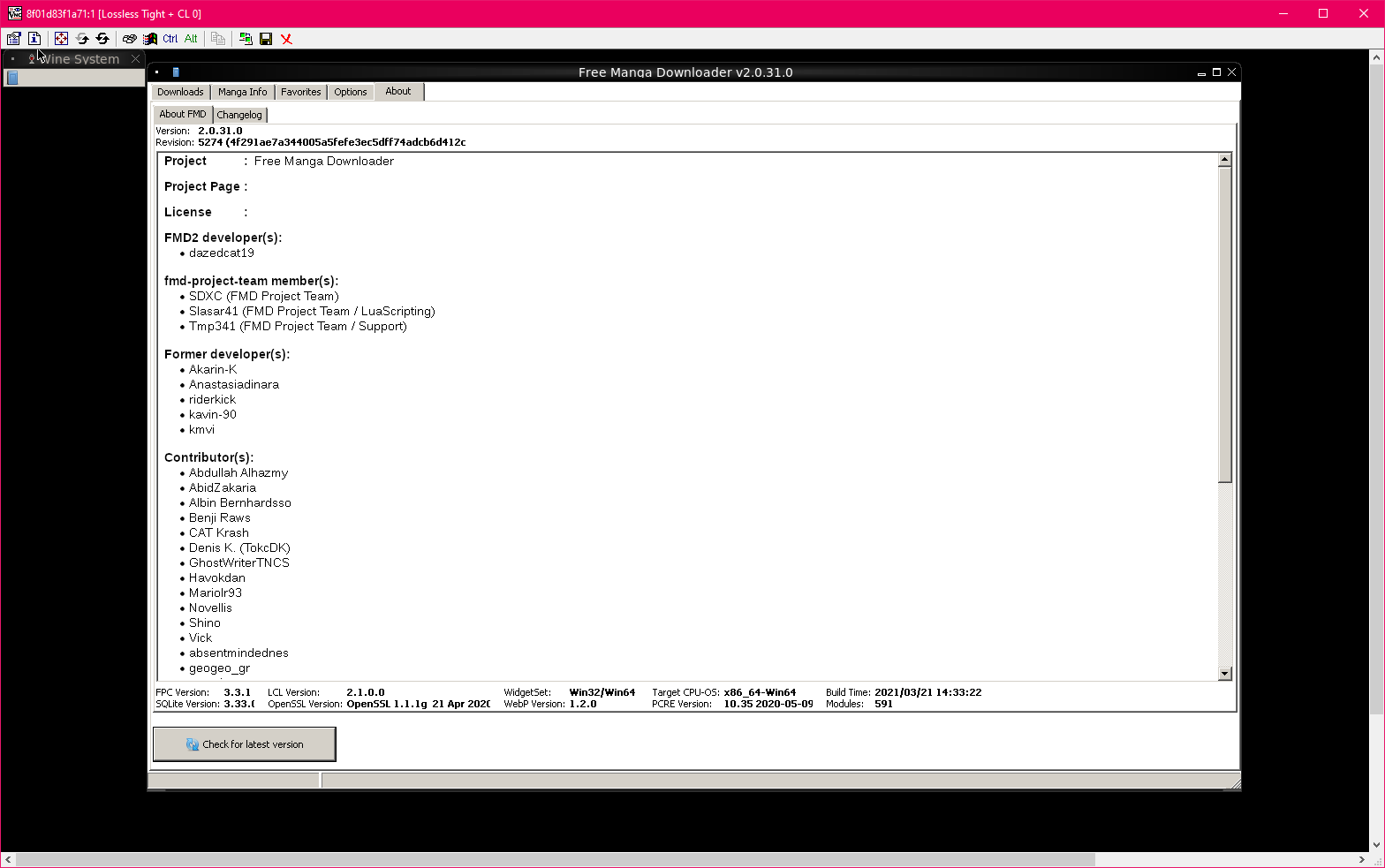You have to give sonarr access to your top level media folder. Then you set sonarr up to hardlink the downloaded files to your media folder.
E.g. if you have home/media/tvshows and home/media/movies, give sonarr access to home/media. Your download client should probably have a folder like home/media/downloads in your sonarr app map the downloads folder to a sonarr folder in the downloaded client settings. Then set all imports to hardlink, instead of copy.
Your Plex/Jellyfin server should point to home/media for your library where the hardlinking occurs.

The other way around. They've invested in so much real estate they need to justify it.